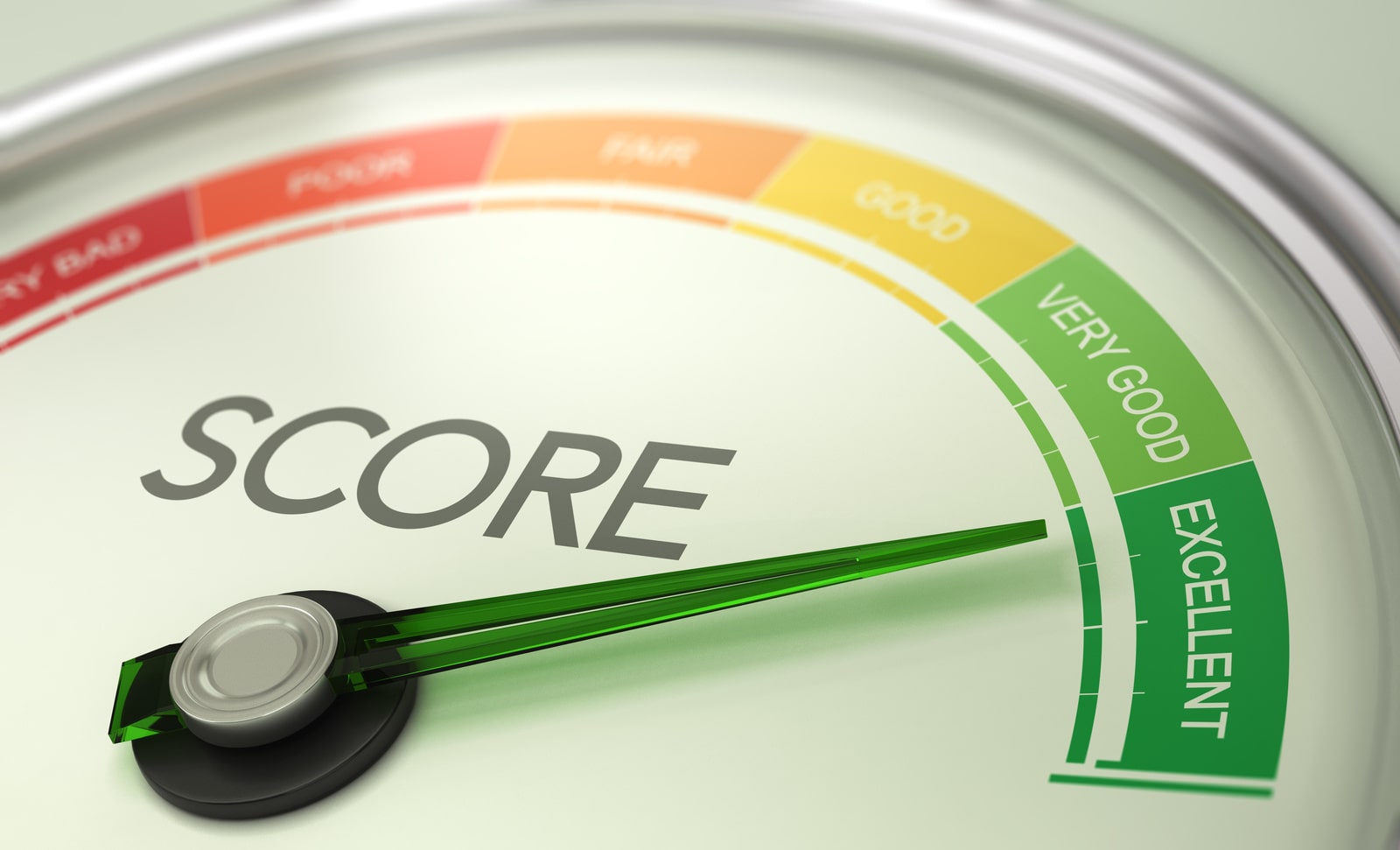Bankruptcy is undoubtedly a challenging experience that can have a significant impact on your creditworthiness. However, it’s important to remember that it’s not the end of your financial journey. Rebuilding your credit after bankruptcy is entirely possible with patience, discipline, and a well-executed plan.
Here are some tips to help you navigate the post-bankruptcy period and rebuild your credit for a brighter financial future.
Evaluate your financial situation
After bankruptcy, it’s crucial to take stock of your financial situation. Begin by examining your budget and identifying areas where you can cut back on expenses. Create a realistic budget that allows you to meet your basic needs while also allocating funds towards rebuilding your credit.
Establish an emergency fund
Building an emergency fund is a vital step towards financial stability. Start by setting aside a small amount each month and gradually increase your savings. Having a safety net will help prevent future financial setbacks and reduce your reliance on credit cards or loans.
Regularly monitoring your credit reports is essential to identify any errors or inaccuracies that could hinder your credit rebuilding efforts. Obtain a copy of your credit report from each of the major credit bureaus (Equifax, Experian, and TransUnion) and review them for any discrepancies. If you find any errors, promptly dispute them to have them corrected.
Obtain a secured credit card
Secured credit cards are a valuable tool for rebuilding credit. They require a cash deposit that serves as collateral, and the credit limit is typically equal to the deposit. Make regular, timely payments and keep your credit utilization low to demonstrate responsible credit management. Over time, your positive payment history will help boost your credit score.
Focus on timely payments
Consistently making payments on time is crucial for improving your creditworthiness. Set up automatic payments or reminders to ensure you never miss a due date. Even one late payment can have a negative impact on your credit score, so be diligent in meeting all your financial obligations.
Explore credit-building loans
Credit-building loans, also known as secured installment loans, can be another effective strategy to rebuild your credit. These loans require you to deposit a sum of money into a locked savings account, and you make regular payments towards the loan. This activity gets reported to the credit bureaus, demonstrating your ability to handle credit responsibly.
Maintain a diverse credit portfolio
Having a diverse credit portfolio can positively impact your credit score. While it’s essential to use credit responsibly, consider adding different types of credit, such as a small personal loan or a retail store credit card, to your credit mix. However, exercise caution and only take on credit that you can manage comfortably.
Rebuilding your credit after bankruptcy requires patience, discipline, and a well-thought-out strategy. By following the steps outlined in this roadmap, you can gradually rebuild your creditworthiness and lay a solid foundation for a healthier financial future. Remember, it’s a journey that takes time, so stay focused, make responsible financial decisions, and be consistent



